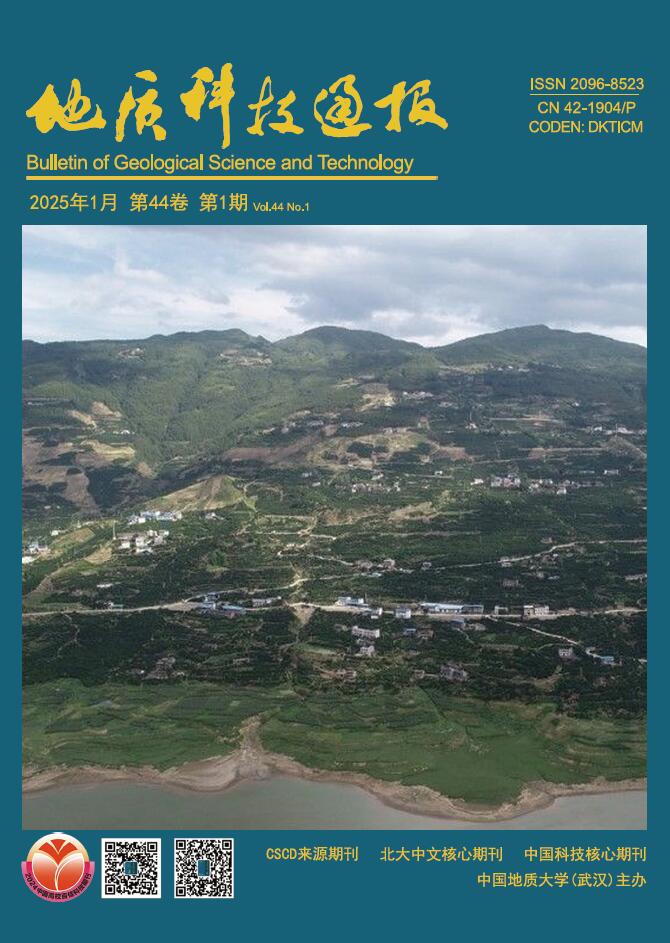Hainan Island harbors abundant geothermal resources. However, previous geothermal explorations have focused primarily on production, overlooking critical research areas such as the origins of geothermal water chemistry, water-rock interactions, methods for evaluating thermal reservoir temperatures, and mechanisms of geothermal field formation.
ObjectiveThis study leverages existing exploration data to deepen our understanding of the genetic mechanism of geothermal fields and to offer valuable insights for their development.
MethodsWe employed a range of analytical techniques, including major ion ratios and correlations, Piper diagrams, fluoride concentration maps, silicon-enthalpy and SiO2 mixing model graphs, silicon-enthalpy equations, and water δD and δ18O values. Focusing on the geothermal water of Jiusuo, we investigated the sources of chemical components, the cation exchange processes, the origin of F− events, the most likely reservoir temperatures, and the circulation depths of geothermal water, ultimately proposing a conceptual model explaining the genesis of the field.
ResultsThe results indicate that the hydrochemistry of geothermal water is mainly characterized by SO4·HCO3-Na type, with Ca2+ and Mg2+ replacing Na+ and K+ in the rock. The primary source of SO42− is the sulfide oxidation of andesite and rhyolite. The fluoride concentration is regulated by the dissolution of minerals such as mica, amphibole, and fluorite, along with ion exchange and alkaline environments. The chemical composition is predominantly shaped by silicate mineral dissolution, ion exchange, and the degree of development of geological strata and structures. Most likely, when mixed with cold groundwater, the temperature range of geothermal water in this area falls to 99℃-169℃, with cold groundwater contributing 80% to 93% of the mix and approximately 10% steam loss prior to mixing. The circulation depth of geothermal water ranges from 1.8 to 3.8 km.
ConclusionThe proposed conceptual model suggests that the geothermal water in the Jiusuo geothermal field originates from rainfall recharge and flows under the control of the Furongtian-Wangxia structural belt, Ledong-Xichang structural belt, and Jiusuo-Lingshui deep large fault belt. The water flows from the granite areas to the andesite and rhyolite areas, where it absorbs heat from both radioactive decay in granite and potential minor mantle-derived thermal energy. This process leads to silicate mineral dissolution, cation exchange, and sulfide oxidation, resulting in increased concentrations of fluoride ions (F−), sulfate ions (SO42−), and other chemical components in water. These processes cause an evolution in water chemical types. Owing to the increase in temperature, the density and viscosity of geothermal water decrease, and the pressure increases, generating buoyancy. Driven by both the hydraulic gradient and buoyancy gradient, geothermal water ascends along the Jiusuo-Lingshui deep large fault belt and rock fractures in the subsurface. It then mixes with cold groundwater near the surface before being embedded in the Quaternary and Tertiary sedimentary layers, ultimately forming a geothermal field. While mantle-derived thermal energy's presence in the deep region of geothermal fields in southwestern Hainan remains unconfirmed, it presents an intriguing scientific question meriting further investigation.







